






By clicking login button, you are agreeing to our Privacy terms and User Policy
The Walking Pneumonia-Mycoplasma Pneumonia (For dummies)
Let's first talk about pneumonia. Factors such as bacteria, virus, molds, chemicals, inhaled food, etc., may cause liquid to accumulate in the originally clean alveoli, and this liquid is a combination of leucocyte, inflammatory substances, bacteria / fungi / virus.
When fluid accumulates in the alveoli, it hinders the exchange of blood gas, which in turn affects breathing. We call this pneumonia. The germs in pneumonia may run into the bloodstream and develop into septicemia, causing multiple organ failure.
As a result, pneumonia ranked number three amongst the top ten causes of death in 2016! In fact, more people died from pneumonia than from lung cancer!
Although "the walking illness" gives a horror-movie vibe, our main topic today, is about atypical pneumonia-mycoplasma pneumonia, which is one of the relatively less severe pneumonias. The symptoms are often so mild, you won’t even notice you’re sick. Your condition wouldn’t be as serious as the pneumonia caused by the flu and streptococcus pneumoniae that you have to be hospitalized.
On the contrary, patients with mycoplasma pneumonia can still walk around, which is why it got its name "the walking pneumonia".
So what exactly is mycoplasma? Don’t let its name confuse you. Mycoplasma is actually a kind of bacteria, not a mold, but when it was discovered in 1944, scientists thought it was a mold or virus, which resulted in it getting such a confusing name.
Mycoplasma can infect the lungs and other parts of the respiratory tract, and it can be spread from person to person. Mycoplasma is a special kind of bacteria. It does not have a firm cell wall. Therefore, types of antibiotics that attack bacterial cell wall such as penicillin, would not be able to get rid of mycoplasma! It is also the smallest organism that can live and reproduce on its own. Viruses smaller than mycoplasma must survive and reproduce within cells and cannot survive on their own.
Mycoplasma infection is common amongst school-age children and young people under the age of 40. The latent period of mycoplasma is very long at about one to four weeks, unlike how symptoms appears in two to three days when infected by virus. Not every mycoplasma infection causes pneumonia, sometimes it merely causes bronchial inflammation.
If you live or work in a crowded place, people who are already infected with mycoplasma can spread small droplets of bacteria containing mycoplasma through coughing and sneezing. After one person in the family is infected with mycoplasma pneumonia, other family members are likely to get infected as well. Crowded places such as schools, kindergartens, university dormitories, military camps, and nursing homes are also places where mycoplasma infections occur easily.
Mycoplasma infection may occur in any time of the year, especially during the summer and autumn.
Patients may experience:
● Sore throat
● Chest pain when breathing
● Coughing that becomes progressively worse, with dry coughs in the beginning
● Mild flu-like symptoms such as fever and feeling cold
● Headache
● Fatigue
But most cases of mycoplasma infection result in mild symptoms, and patients often recover without help! Infected children under the age of five often do not have a fever, but they will experience nausea and vomiting, so they are easily mistaken for having gastrointestinal inflammation.
After learning the symptoms of mycoplasma pneumonia, you might wonder: "This is similar to other respiratory infections!" True, generally speaking, it is difficult to diagnose mycoplasma pneumonia at an early stage, unless any family member or classmates have been diagnosed with mycoplasma pneumonia in the past, which might help diagnose the illness.
Not only bacterial pneumonia, aside from the earlier mentioned mycoplasma pneumonia, streptococcus pneumoniae, staphylococcus aureus, haemophilus influenzae, chlamydia pneumoniae, veterans pneumoniae may all cause pneumonia.
With possible killers of viral pneumonia added, the list continues. It is therefore not easy to identify mycoplasma pneumonia.
Since antibiotics used to cure other bacterial pneumonia usually do not work for mycoplasma pneumonia, patients may find that their symptoms remain unchanged after taking the medicine. After seeking medical attention for the second or third time, the doctor would likely realize that what they’re dealing with is mycoplasma pneumonia.
If the symptoms of pneumonia are severe in the first place, then chest X-ray and blood mycoplasma antibody test must be used to detect the possibility of mycoplasma pneumonia. Mycoplasma pneumonia grows slowly, and microbiological culture is less commonly used to diagnose mycoplasma pneumonia. Once a mycoplasma infection has been identified, appropriate antibiotic treatment can be used.
Although mycoplasma pneumonia itself may not be a severe illness, some people can develop serious diseases after the infection:
● Those who suffer from other respiratory diseases, and is infected by mycoplasma pneumonia during recovery
● Those with weak immune system
● Those with Asthma
It should be noted that no vaccine can prevent mycoplasma. Moreover, this is not a disease that “makes you immune because you’re once infected" After having mycoplasma pneumonia, you may find yourself infected again the following summer.
Therefore, to avoid mycoplasma pneumonia, you should pay attention to the following health habits:
● Cover your nose and mouth when coughing or sneezing, and throw away the napkin used.
● Washing your hands often is the best way to prevent germs from spreading.
● Smoking causes detrimental effects to the lungs, causing them to become prone to infection. Please quit smoking!
● Exercise, a regular diet and sufficient sleep will help keep the body safe and strong against infection.
【本文由「照護線上」授權轉載,原文出處:會走路的肺炎 – 黴漿菌肺炎(懶人包)】
*「照護線上」連結至https://www.careonline.com.tw
You can be a little different after 50. Be young at heart and you can live an elegant and fulfilling life.
By now, you should have a better understanding of time and money management. Let us enjoy life, fulfill our dreams and live for ourselves!
Gan Dan Academy is an online learning site with “elegant life” and “friendly care” being the two main themes. Using videos, you can browse topics such as health, food, home care, assistive tools and other topics you’re interested in for free.
Let us live an elegant life after 50!
“Elegant life” – stay healthy, do exercise, keep a healthy diet, never give up on learning, have fun.
You may be “old” but you can still live a free and fulfilling life. In Gan Dan Academy, you can access different resources every day, enriching your life.
“Friendly care” – home care, life care, assistive tools, moving safely, environment inspection.
When “caring” for others, you are not alone. Learn all the essential tips and knowledge from Gan Dan Academy to relieve stress.
Ø Feel free to follow Gan Dan Academy’s Facebook page:
https://www.facebook.com/GanDan2018/
Ø Feel free to add Gan Dan Academy on Line
Search for ID: @gandan
LINE@:http://line.me/ti/p/%40nvb3485w
Ø Stella Matutina provides long-term care education, long-term care, women care, devotion service. For more information, please check out -> Stella Matutina Social Welfare Foundation.
Recommend
-

低衝擊心肺有氧
Course summary
4534 view(s) -

優雅甘丹。5/5 Never too late 打造更美好的自己
Course summary
3906 view(s) -

優雅甘丹。5/4 骨鬆保健報你知
Course summary
3939 view(s) -

優雅甘丹。5/3 銀髮鬥志-老年靈修生活
Course summary
4049 view(s) -
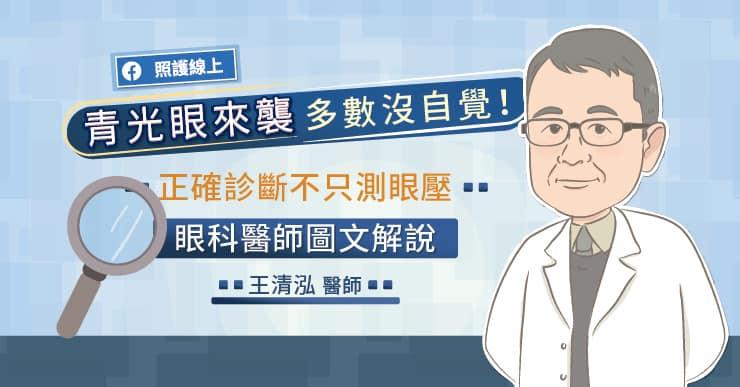
青光眼來襲,多數沒自覺!正確診斷不只測眼壓,眼科醫師圖文解說
Course summary
5042 view(s) -

血壓多少才OK?有什麼症狀?高血壓最基礎知識(圖解懶人包)
Course summary
4726 view(s) -
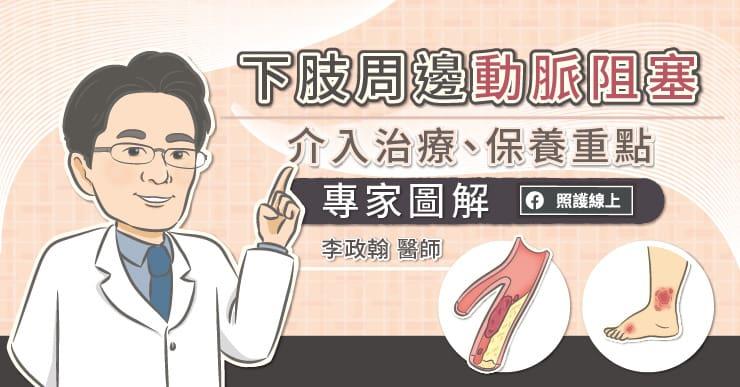
下肢周邊動脈阻塞,介入治療、保養重點,專家圖解
Course summary
4471 view(s) -

癌友自療-與癌共處
Course summary
4197 view(s) -

自癒力教室-你夠水嗎?別讓缺水成為健康潰堤的關鍵!
Course summary
4112 view(s) -

自癒力教室-找回食物好滋味
Course summary
4139 view(s) -

護膝運動
Course summary
4492 view(s) -

自癒力教室-人際四妙招
Course summary
4378 view(s) -

自癒力教室-輕鬆動腦不失智
Course summary
4826 view(s) -

甘丹來運動:舒緩科技文明病的運動
Course summary
4962 view(s) -
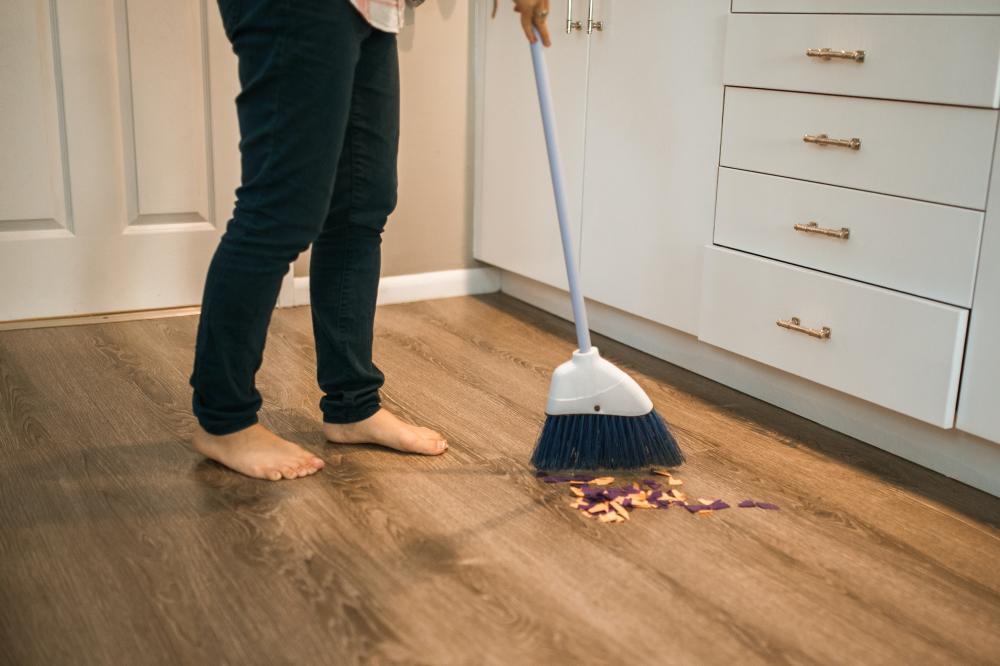
甘丹來運動:居家用具運動
Course summary
5152 view(s) -

我是失智症的高危險族群嗎?
Course summary
4703 view(s) -

淺談安心減壓
Course summary
BEST5062 view(s) -

高齡長者預防跌倒須知
Course summary
4370 view(s) -

Self-Healing Classroom – Diversified Exercise
Course summary
5155 view(s) -

Understanding Degenerative Joint Disease
Course summary
4406 view(s) -
Is Constipation troubling you? Five minutes of Abdominal Exercise Promotes Smooth Bowel Movements
Course summary
4538 view(s) -

Traditional Chinese Exercise – Baduajin Quigong Part2
Course summary
5070 view(s) -
自癒力教室-吃出生活中的自癒力
Course summary
4462 view(s) -
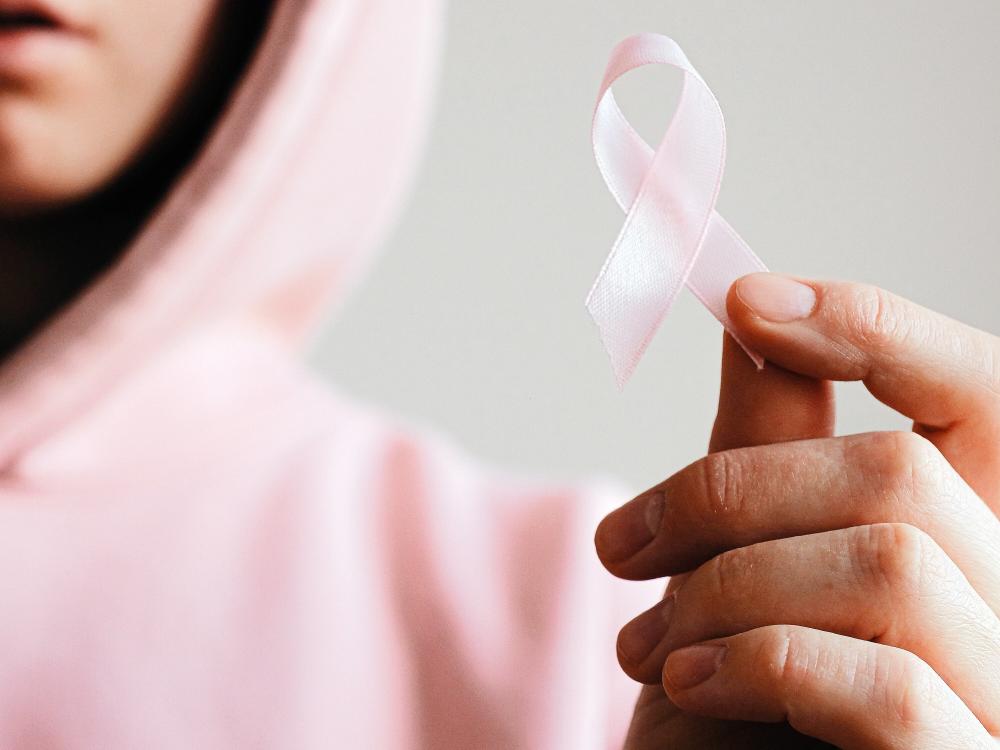
What Should We Do When Confronting Cancer
Course summary
4371 view(s) -

Traditional Chinese Exercise – Baduajin Quigong Part1
Course summary
5344 view(s) -

Self-healing – The Dangers of Sitting Long
Course summary
BEST4667 view(s) -
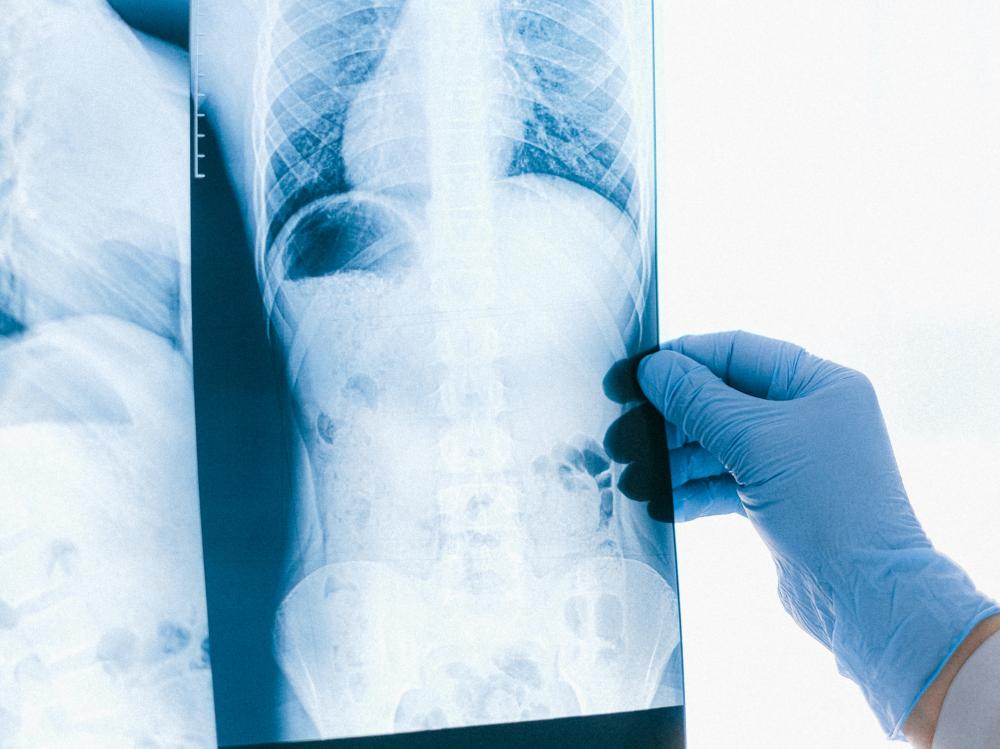
Osteoporosis is not just for old people – 30 year-olds may get it too!
Course summary
4571 view(s) -

Gan Dan Exercise: Spinal Exercise
Course summary
4910 view(s) -
Self-healing – Mouth Exercises
Course summary
4379 view(s) -
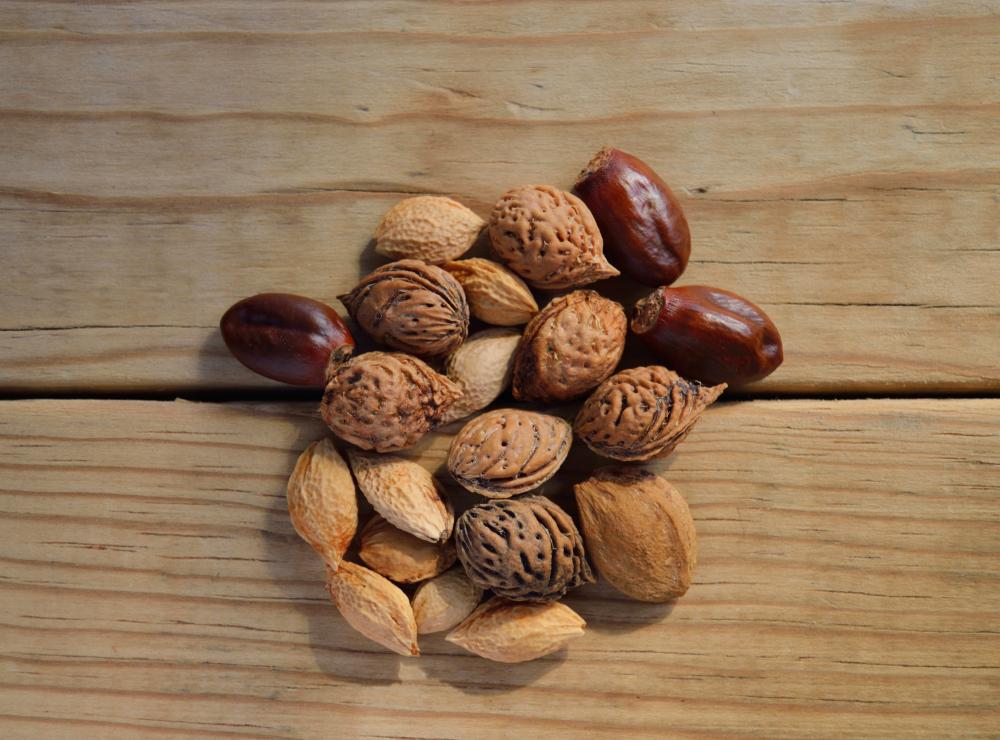
5類「好」脂食物,降膽固醇還能控血糖
Course summary
5330 view(s) -
Self-Healing – The Doctors inside of You
Course summary
4769 view(s) -

Protect your heart with 3 Yoga Styles to Make Your Body and Blood Vessels Flexible!
Course summary
5019 view(s) -

不想中秋烤肉暴肥?營養師:避開4大熱量地雷食材
Course summary
4492 view(s) -
一日三餐軟食料理-晚餐
Course summary
4925 view(s) -
一日三餐軟食料理-午餐
Course summary
4842 view(s) -
一日三餐軟食料理-早餐
Course summary
4733 view(s) -

Strokes – How to Recognize It
Course summary
4669 view(s) -

Notes on Strokes - Reminders
Course summary
BEST4688 view(s) -
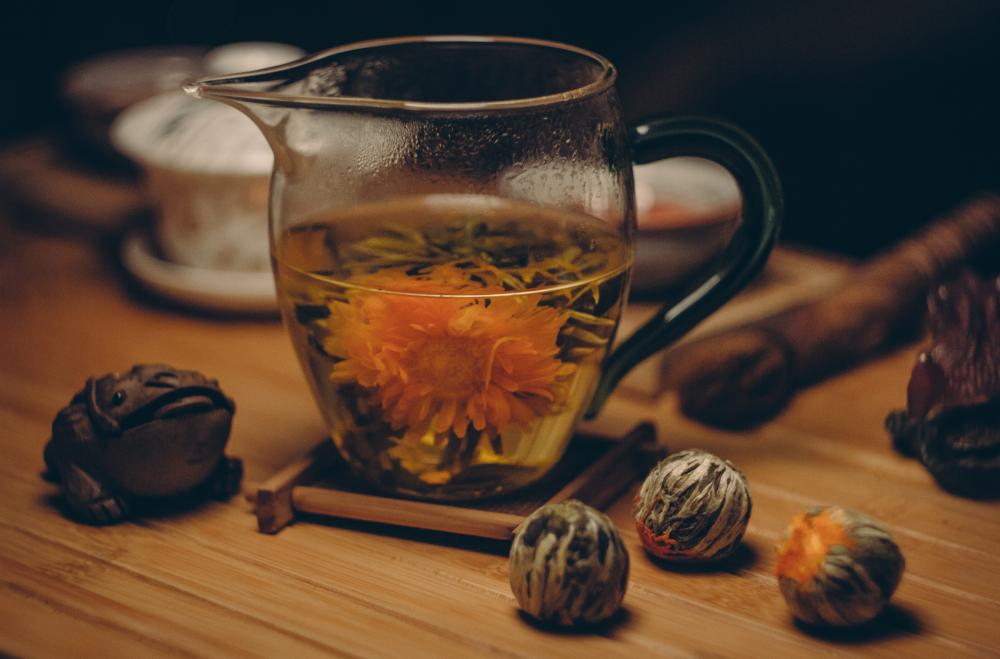
中醫講堂:提升免疫力 中藥茶飲篇
Course summary
5714 view(s) -

Traditional Chinese Medicine Lecture: Strengthen the Immune System - Diet
Course summary
4518 view(s) -

Traditional Chinese Medicine Talk: Strengthening Your Immune System – Acupuncture Points
Course summary
4816 view(s) -
Dairy Products in Light Meal – Salad with Fruit, Shrimp and Yogurt Dip
Course summary
4708 view(s) -

Breathe and Relax Muscles is Easy! Tips from a Psychiatrist
Course summary
5520 view(s) -

Traditional Chinese Medicine Talk: Sleeplessness – Acupuncture Points
Course summary
4859 view(s) -

Traditional Chinese Medicine Lecture: Sleeping Disorder (Insomnia) - Diet
Course summary
4867 view(s) -
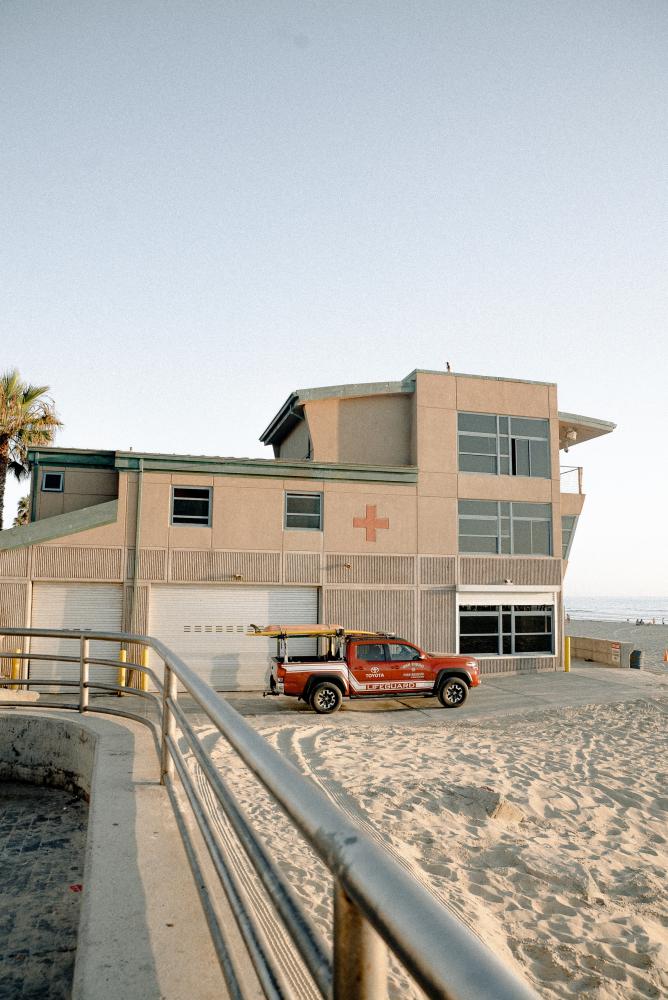
Day Care Centre is Your Best Support
Course summary
5470 view(s) -
【Stew Meatball】 The Best Way to Consume Protein!
Course summary
4989 view(s) -
6 Warning Signs from Headaches
Course summary
4909 view(s) -

Stella Matutina Sid Club – Happy Exercises for Seniors
Course summary
6826 view(s) -
Gan Dan Exercise: Upper-body Rehabilitation
Course summary
5019 view(s) -
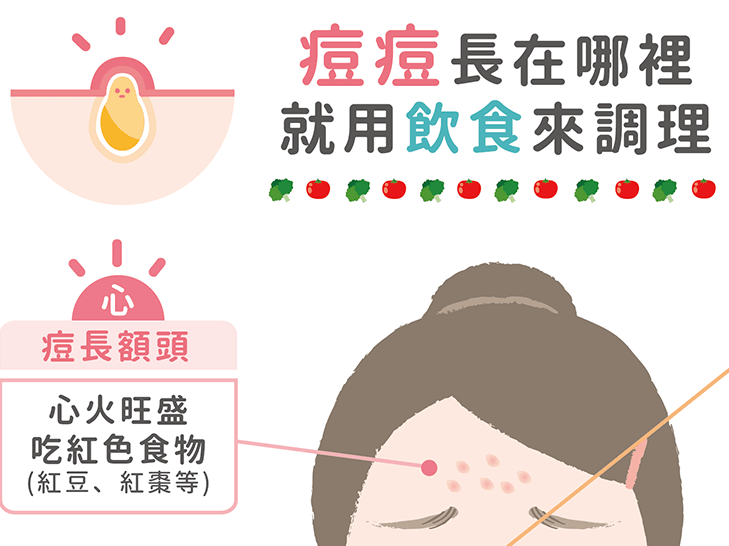
Eat The Right Food To Fight Acnes
Course summary
7039 view(s) -

The 6 benefits of Eating Watermelon – Keep Hydrated and Relieve Muscle Soreness!
Course summary
6019 view(s) -

Gan Dan Exercises: Rehabilitating Lower Limbs
Course summary
5229 view(s) -
Traditional Chinese Medicine: Modern Illnesses – Acupuncture Points
Course summary
5099 view(s) -

A Dry Throat is Not COVID, 5 Warning Signs from a Runny Nose
Course summary
6126 view(s) -

Move Around to Alleviate Anemic Symptoms
Course summary
5576 view(s) -

Eating Out Healthily
Course summary
5166 view(s) -
Wash Your Hands With the Nun!
Course summary
7058 view(s) -
How PM2.5 Affects our Lungs and Heart
Course summary
4764 view(s) -

Drinking Excessive Coffee will Expose you to Risk
Course summary
5252 view(s) -
Washing your Hands is the Key to Fighting the Virus
Course summary
5793 view(s) -
Mycoplasma hyopneumoniae
Course summary
4713 view(s) -
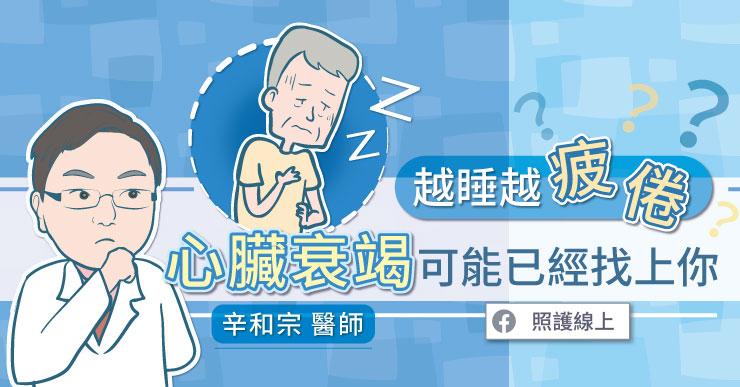
Feeling Even More Tired After Waking up? Watch Out for Heart Failure
Course summary
5365 view(s) -

4 Exercises to Prevent Epidemics! Strengthen your Immune System to Fight Viruses!
Course summary
5006 view(s) -
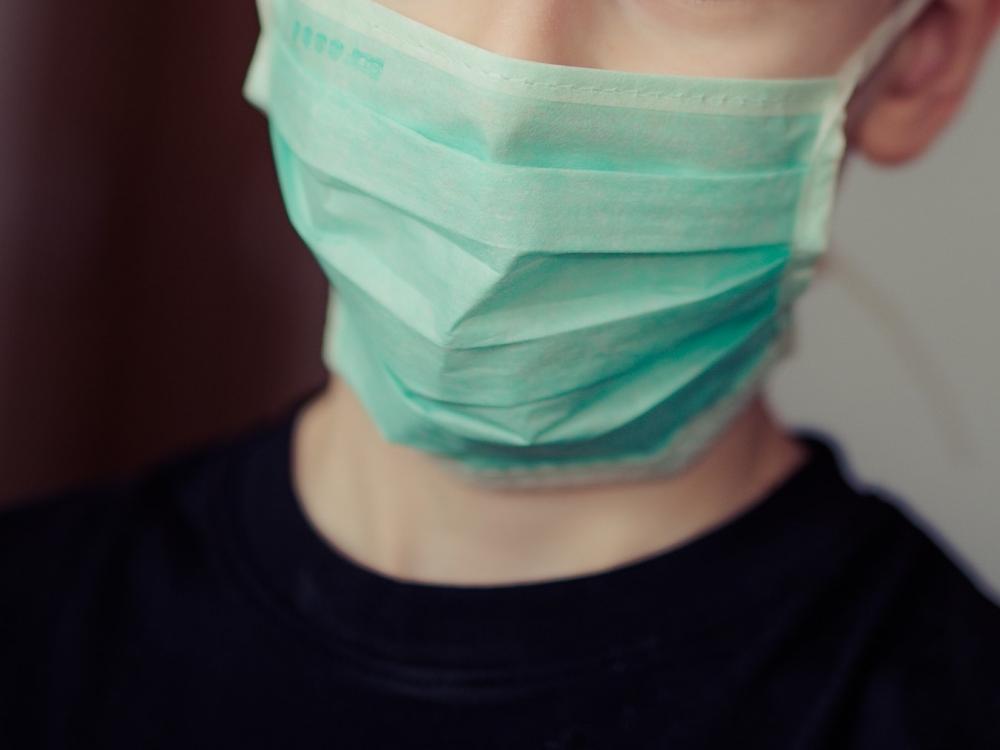
5 Important Concepts – What to do after Throwing away Face Masks
Course summary
5151 view(s) -
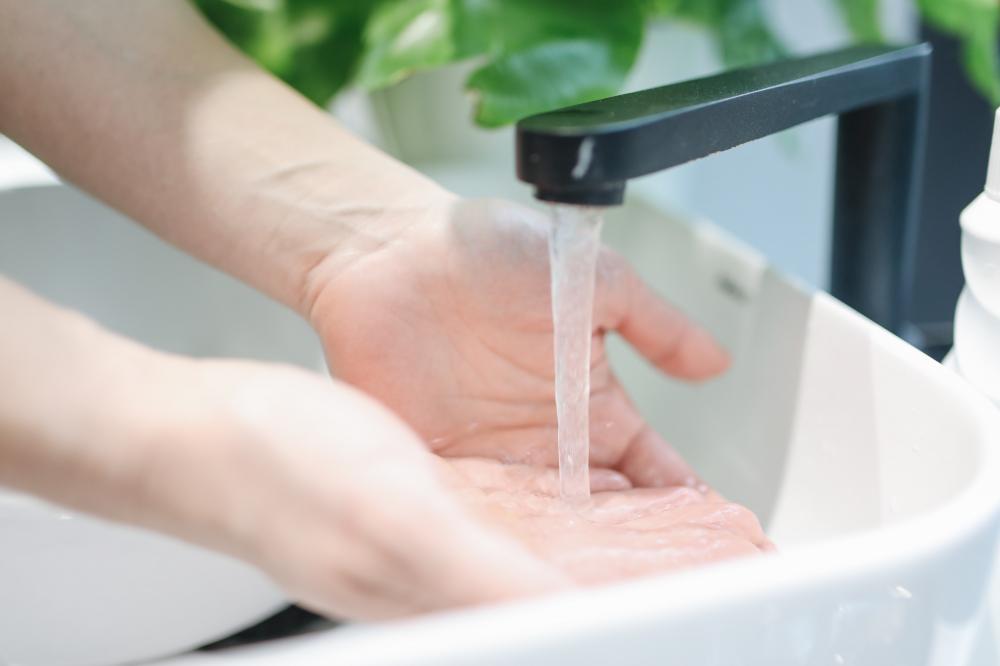
Here comes the Virus! Are we Washing our Hands Correctly? Let the Doctor Show you the Right Way!
Course summary
5340 view(s) -
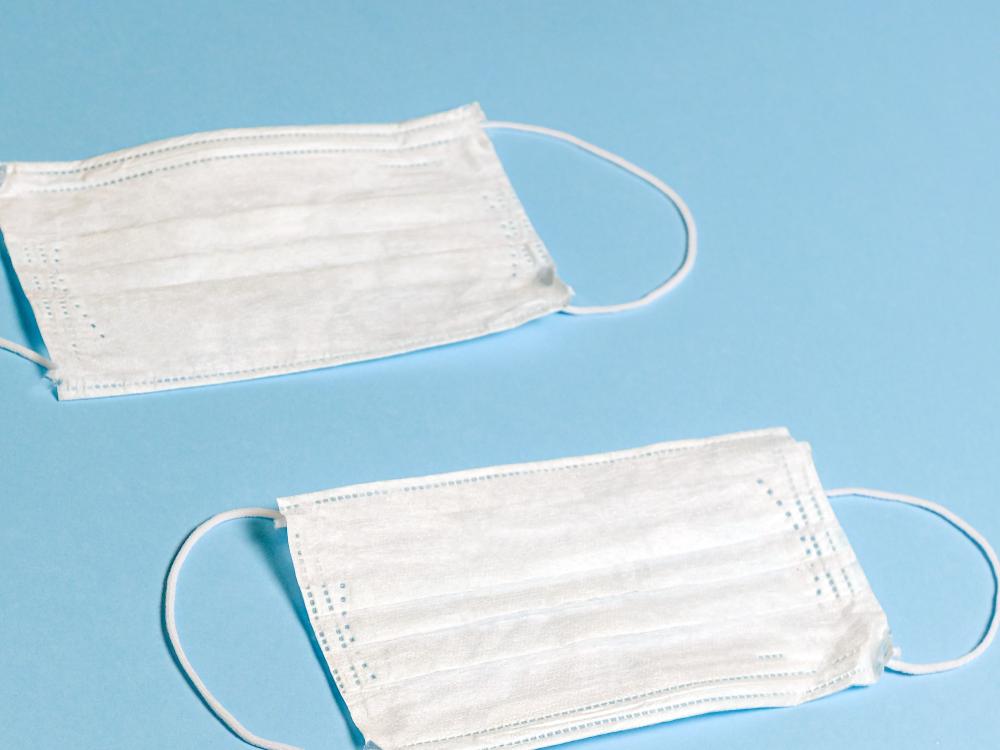
Face mask Shortage! Let the Doctor Teach you how to Use and Preserve It Correctly!
Course summary
5101 view(s) -

How to Yield Results from Exercising? Aerobic Exercise Treats High Blood Pressure!
Course summary
5711 view(s) -

Want to Strengthen your Immune System? Change these Bad Habits First!
Course summary
5259 view(s) -

Test your Attention and Responsiveness
Course summary
5554 view(s) -

Cataract is linked to Macular Degeneration
Course summary
5230 view(s) -

Eat These to Fight Inflammation! (For Dummies)
Course summary
5740 view(s) -

Preventing Urinary Incontinence Amongst Women through Exercising
Course summary
5469 view(s) -

Coldness Causes Illness. Six Body Parts that Fear Coldness the Most!
Course summary
6106 view(s) -
Eat Cabbage -> Fight Air Pollution
Course summary
5394 view(s) -
Beware of Feet Stroke! The 5 Symptoms of Limb Stroke
Course summary
5478 view(s) -

How Old is Your Body? Let These 5 Circulatory Tests Tell You
Course summary
5438 view(s) -

Praying-style Qigong
Course summary
6478 view(s) -

Understand the Illness Related to our Emotions
Course summary
6226 view(s) -

Dry Mouth, Dry Skin? 13 Food you Must Eat in Autumn
Course summary
HOT8675 view(s) -
Am I Just Forgetful?
Course summary
BEST6092 view(s) -

Easy Workout Lessons for the Elderlies-Lesson 10【Lower limb stretching】
Course summary
5982 view(s) -

Easy Workout Lessons for the Elderlies-Lesson 9【Core stretching】
Course summary
5743 view(s) -

Easy Workout Lessons for the Elderlies-Lesson 8【Shoulder stretching】
Course summary
5829 view(s) -

Easy Workout Lessons for the Elderlies -Lesson 7【Lower limb exercise】
Course summary
6128 view(s) -

Easy Workout Lessons for the Elderlies - Lesson 6【Core exercise】
Course summary
6231 view(s) -

Easy Workout Lessons for the Elderlies - Lesson 5【Shoulder exercise】
Course summary
6275 view(s) -
Easy Workout Lessons for the Elderlies - Lesson 4【Cardio Tai Chi】
Course summary
6345 view(s) -

Easy Workout Lessons for the Elderlies - Lesson 3【Cardio karate】
Course summary
6130 view(s) -

Easy Workout Lessons for the Elderlies - Lesson 2【Cardio swimming】
Course summary
6059 view(s) -

Easy Workout Lessons for the Elderlies- Lesson 1【Cardio running】
Course summary
6525 view(s) -
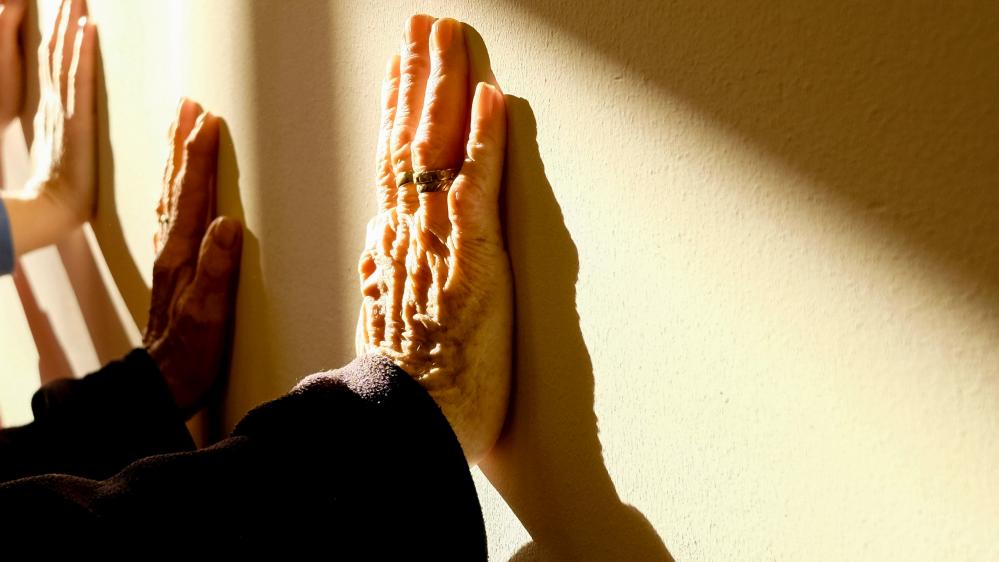
Sarcopenia
Course summary
HOT8542 view(s) -

8 Ways to Choose “Vinegar” by Color and Smell
Course summary
5973 view(s) -

Colorectal cancer screening
Course summary
6175 view(s) -

Your Healthiest Decision! Eating these 5 Fruits can Lower Cholesterol
Course summary
6258 view(s) -

Bad Habits that Harm the Brain
Course summary
5618 view(s) -

Prevent Osteoporosis with Healthy Eating Habits and Exercise!
Course summary
5358 view(s) -
6 Types of Nutrients to Prevent Cataract and Macular Degeneration
Course summary
6177 view(s) -
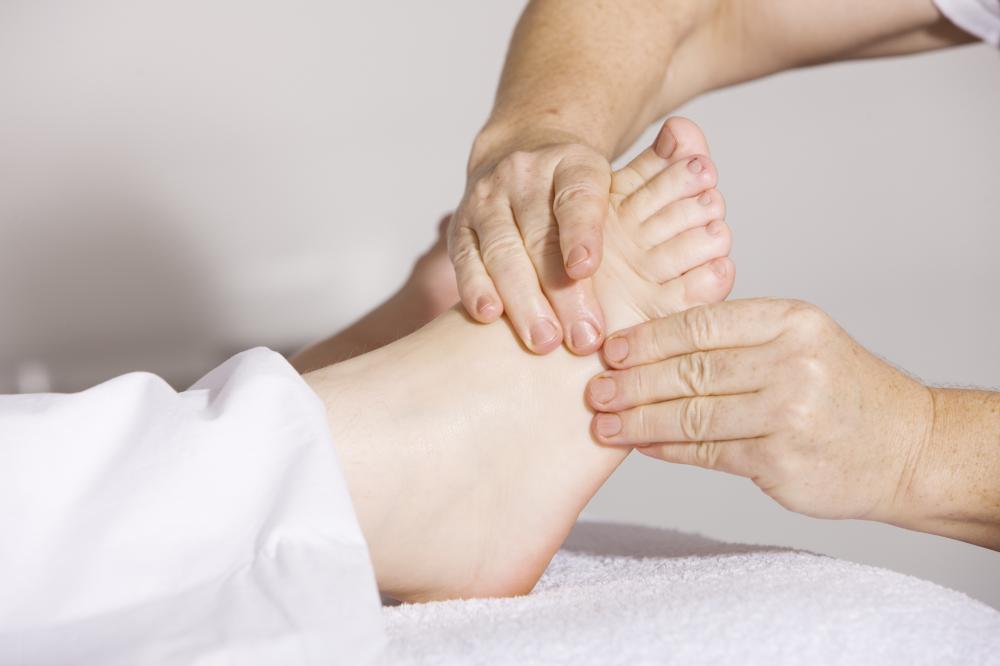
Feeling Heated in the Summer? Press these 4 Acupuncture Points to Clear Dampness and Heat.
Course summary
6666 view(s) -

Are Your Eyes Feeling Sore?
Course summary
6174 view(s) -
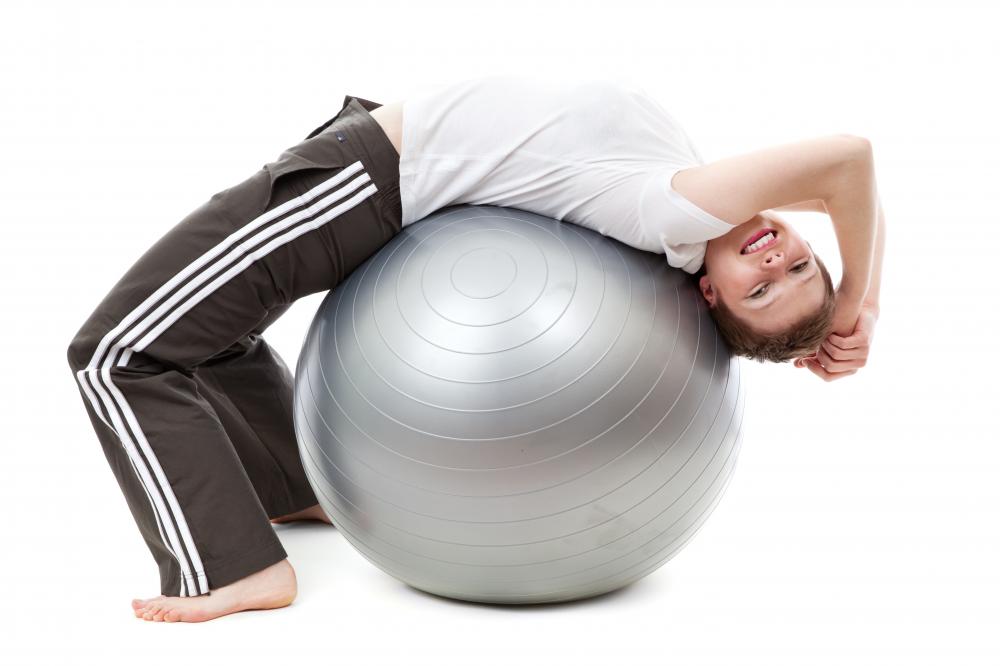
Make Good Use of the Wall and Do Exercise Anywhere, Anytime!
Course summary
6181 view(s) -
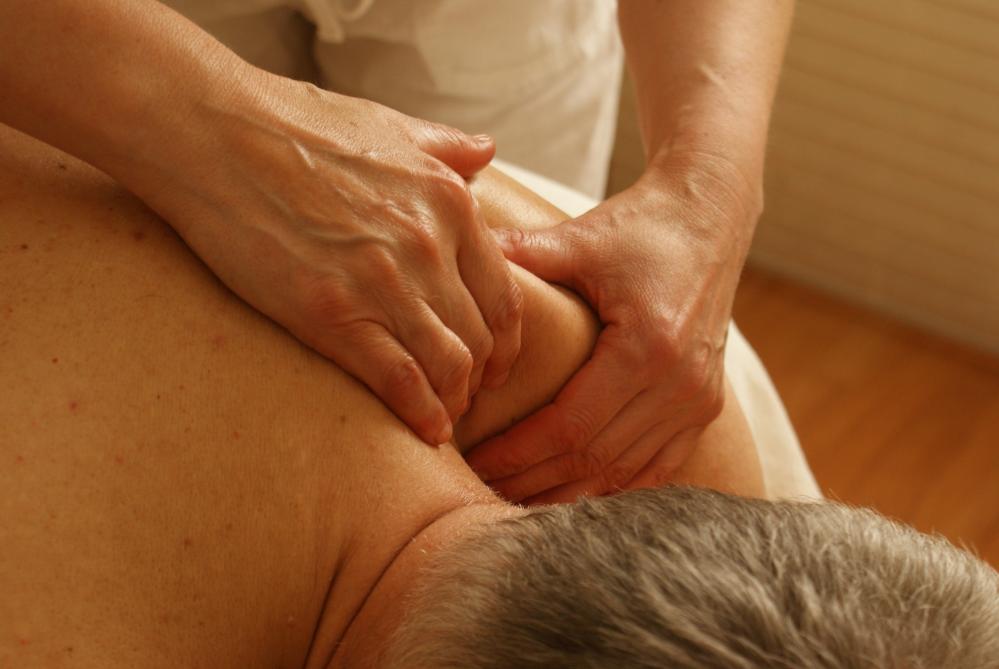
Relief Pain with Yuan Shi Dian
Course summary
HOT12765 view(s) -

7 “Natural” Ingredients that can Lower Blood Pressure!
Course summary
5893 view(s) -

Six Ways to Prevent Knee Pain
Course summary
5979 view(s) -
“Gan Dan” Culinary School – Layer Cake
Course summary
6507 view(s) -
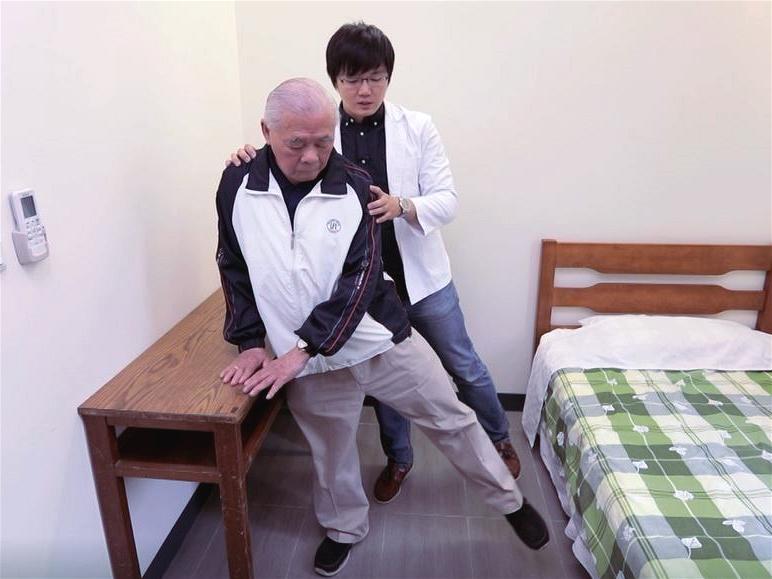
Home Rehab Exercises
Course summary
7016 view(s) -

Festive Dance Workout
Course summary
5780 view(s) -

Light Exercise After 40, Keeps Your Body 12 Years Younger
Course summary
6069 view(s) -

Fashionable Old Age!
Course summary
6468 view(s) -
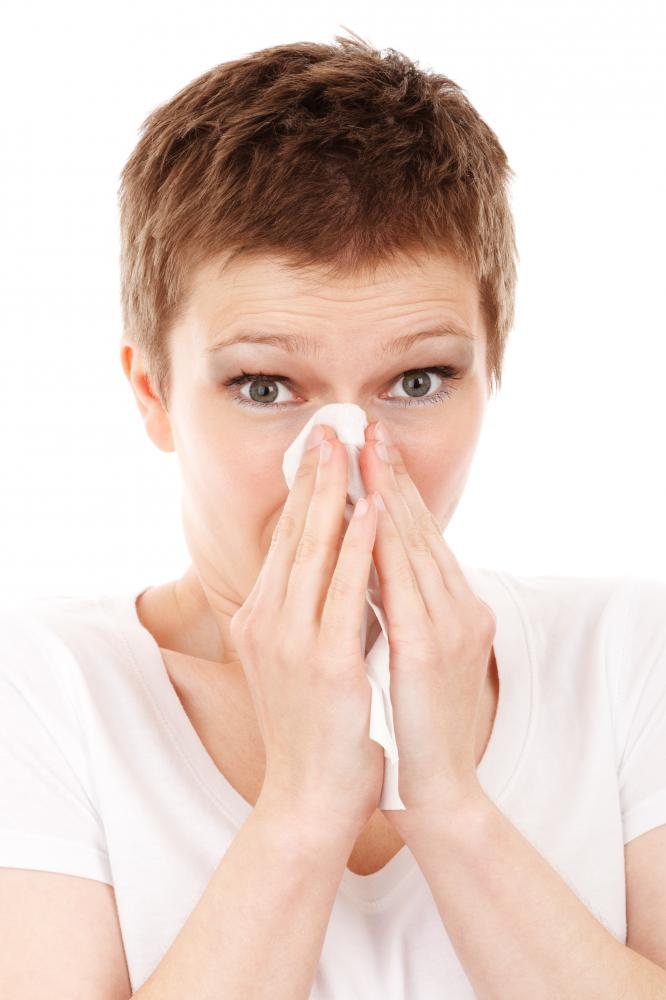
The 5 Common Winter Illnesses
Course summary
6091 view(s)
Related Courses
-

高膽固醇不僅卡血管,還會引起慢性發炎
NEW -

感冒了,能不能運動?運動建議看這裡,圖文懶人包
NEW -

2023 世界視覺日,愛「眼」要及時!醫師提醒,別讓 3 眼疾吃掉寶貴視力
-

咳到懷疑人生?小心恐是胃出事!
-

堆積頑固腹部脂肪的壞習慣
-

你知道什麼是血脂肪嗎?
-
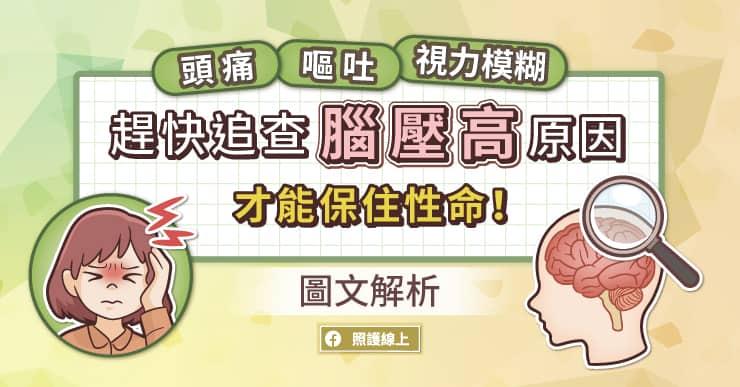
什麼是腦壓高?
HOT -
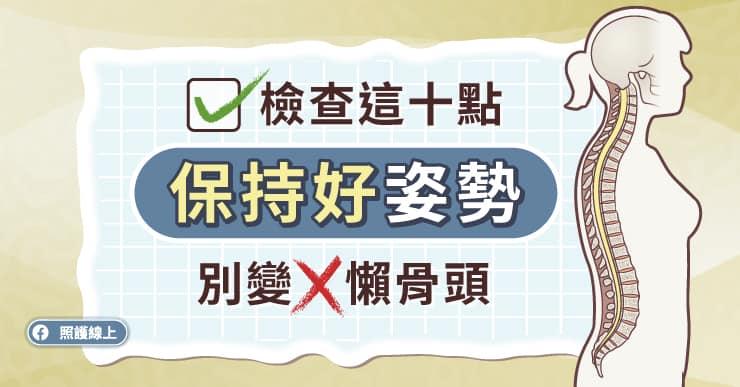
檢查這十點,保持好姿勢,別變懶骨頭
-
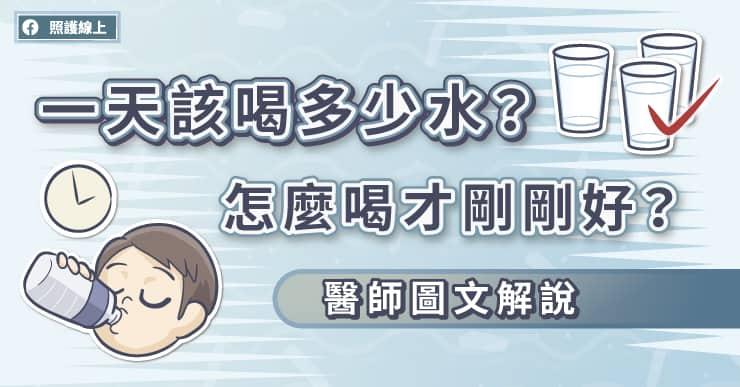
一天該喝多少水?怎麼喝才剛剛好?
-

做好5件事,行動自如到最後一天
-
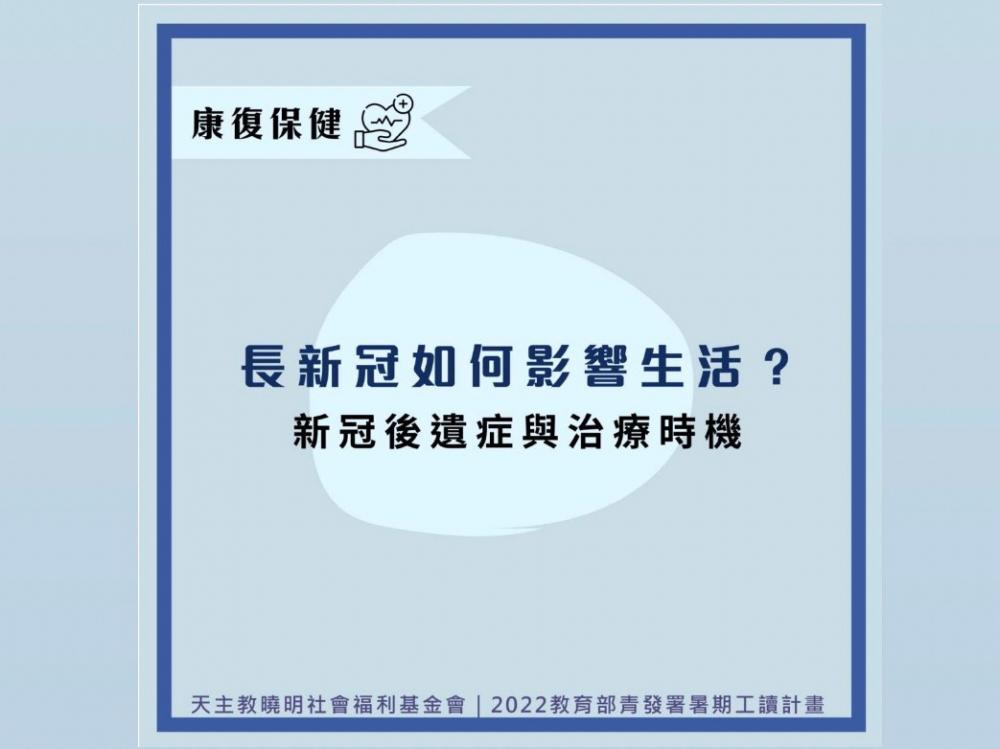
【長新冠是什麼?】
-

特發性肺纖維化
-

頭暈、頭痛好難受?4大穴道速緩解
-
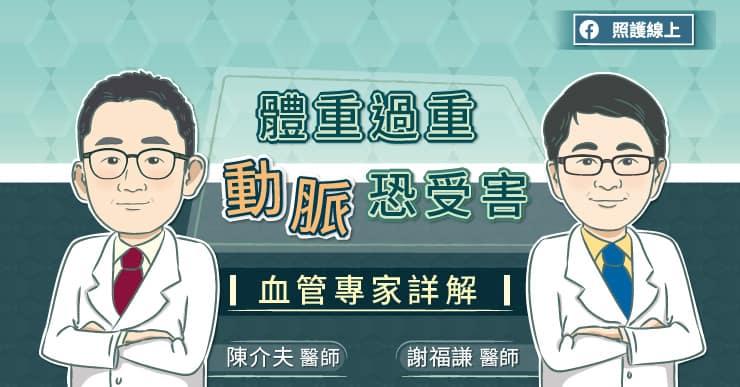
體重過重,動脈恐受害
-
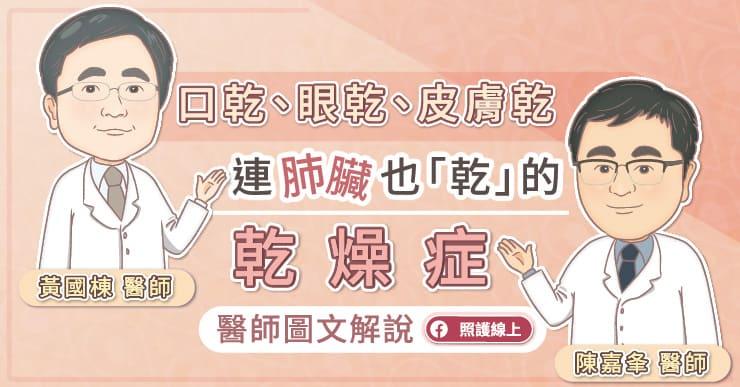
口乾、眼乾、皮膚乾,連肺臟也「乾」的乾燥症
-

腹部的肥胖,小心與心血管有關
BEST -

手麻、冰冷,原來是 – 胸廓出口症候群
-
天冷不亂補,以免心衰竭
-

減重的重點
-

久坐易有大小毛病,按三穴道保健、解久坐不適
-
中醫護鼻操
-
小心!傳染病就在你身邊
-

優雅甘丹。5/5 居家保健-心、肺保健與肌耐力訓練
-

自癒力教室-你夠水嗎?別讓缺水成為健康潰堤的關鍵!
-

我是失智症的高危險族群嗎?
-

Understanding Degenerative Joint Disease
-

Self-healing – The Dangers of Sitting Long
BEST -

Osteoporosis is not just for old people – 30 year-olds may get it too!
-
Self-healing – Mouth Exercises
-
Self-Healing – The Doctors inside of You
-

Strokes – How to Recognize It
-

Notes on Strokes - Reminders
BEST -

Traditional Chinese Medicine Talk: Strengthening Your Immune System – Acupuncture Points
-

Exercise Time: Correct Walking Postures
-

Traditional Chinese Medicine Talk: Sleeplessness – Acupuncture Points
-
6 Warning Signs from Headaches
-
Traditional Chinese Medicine: Modern Illnesses – Acupuncture Points
-

A Dry Throat is Not COVID, 5 Warning Signs from a Runny Nose
-
How PM2.5 Affects our Lungs and Heart
-
Mycoplasma hyopneumoniae
-

Feeling Even More Tired After Waking up? Watch Out for Heart Failure
-

5 Important Concepts – What to do after Throwing away Face Masks
-

Here comes the Virus! Are we Washing our Hands Correctly? Let the Doctor Show you the Right Way!
-

Face mask Shortage! Let the Doctor Teach you how to Use and Preserve It Correctly!
-

Want to Strengthen your Immune System? Change these Bad Habits First!
-

Test your Attention and Responsiveness
-

Cataract is linked to Macular Degeneration
-

Coldness Causes Illness. Six Body Parts that Fear Coldness the Most!
-
Beware of Feet Stroke! The 5 Symptoms of Limb Stroke
-

How Old is Your Body? Let These 5 Circulatory Tests Tell You
-
Am I Just Forgetful?
BEST -

Sarcopenia
HOT -

Colorectal cancer screening
-

Bad Habits that Harm the Brain
-

Prevent Osteoporosis with Healthy Eating Habits and Exercise!
-

Feeling Heated in the Summer? Press these 4 Acupuncture Points to Clear Dampness and Heat.
-

Relief Pain with Yuan Shi Dian
HOT -

Fashionable Old Age!
-

The 5 Common Winter Illnesses








 at the first time visiting this website each day
at the first time visiting this website each day